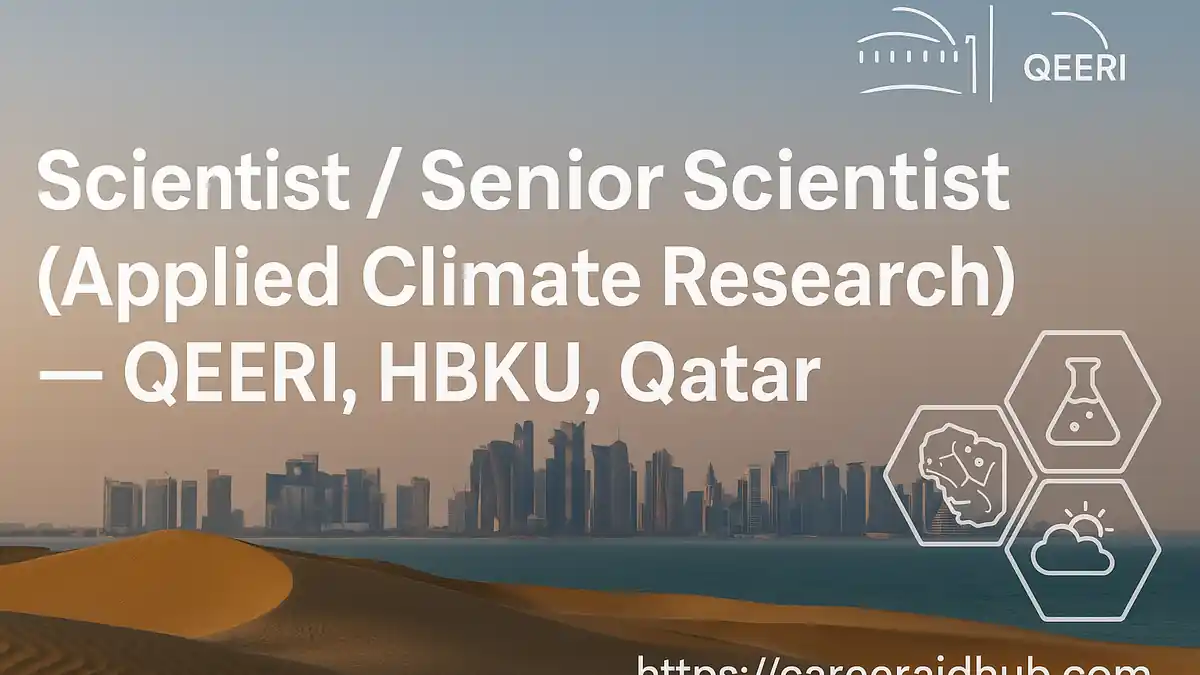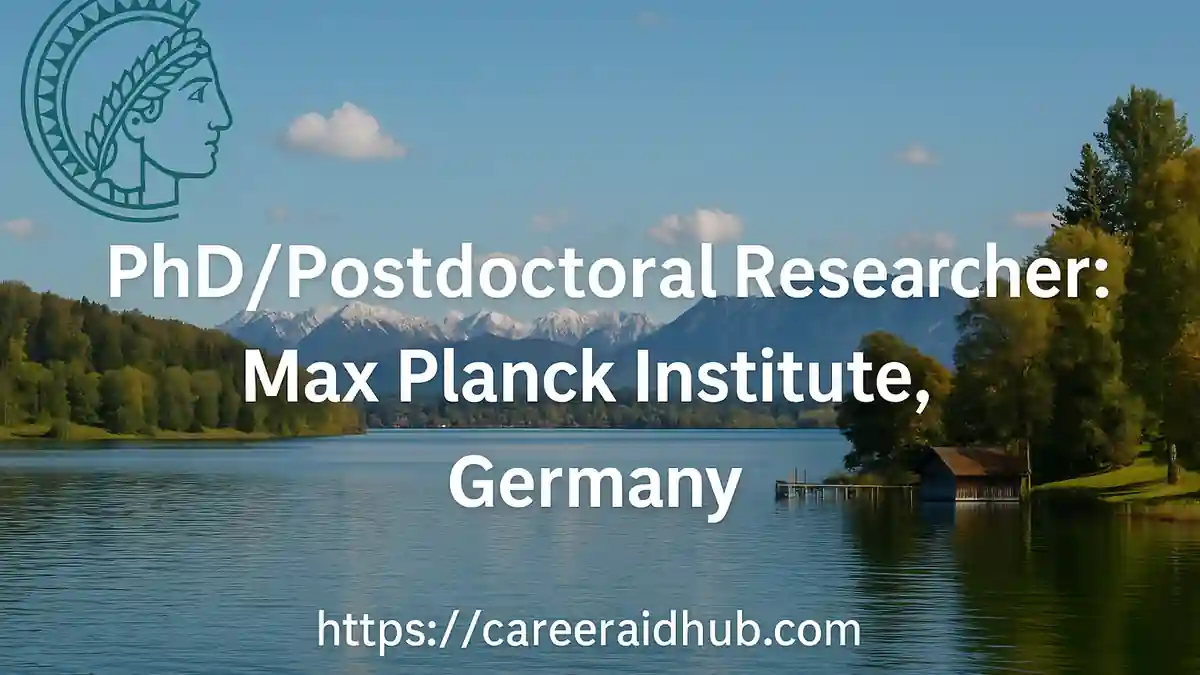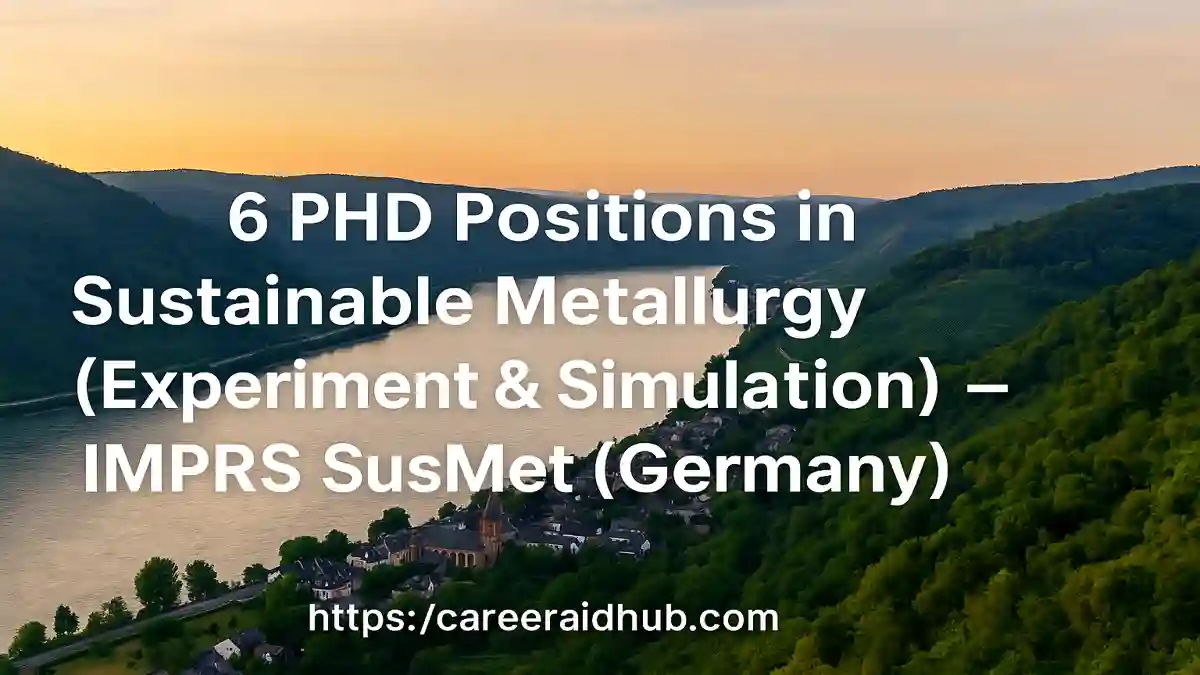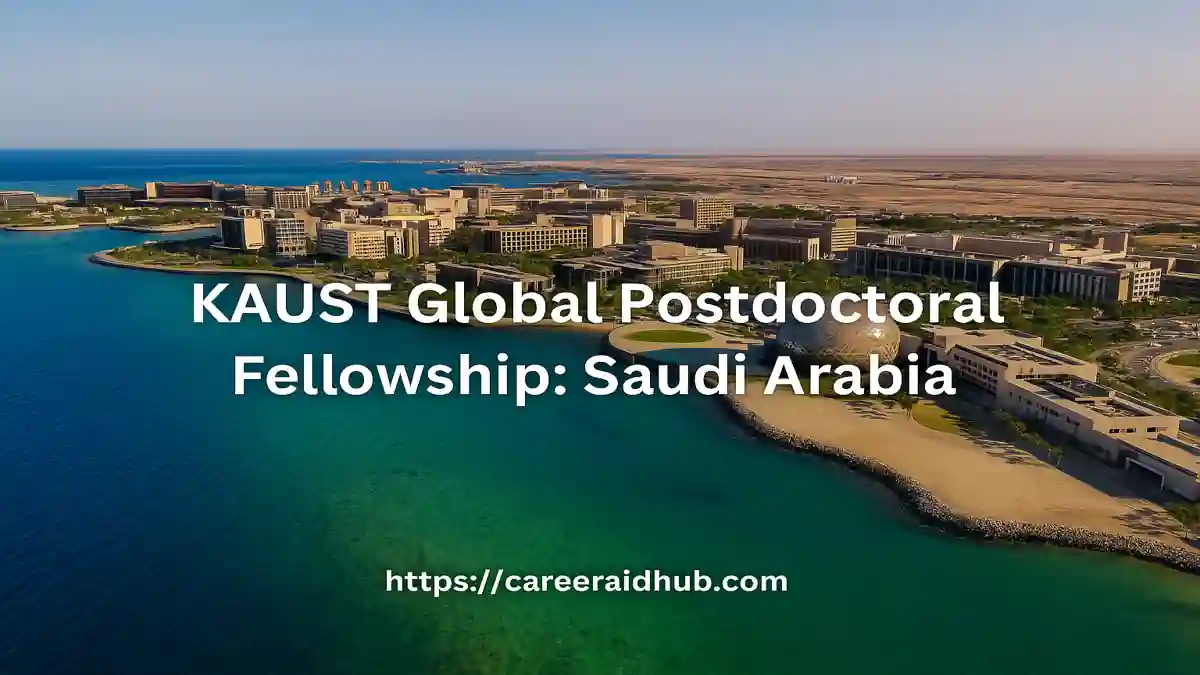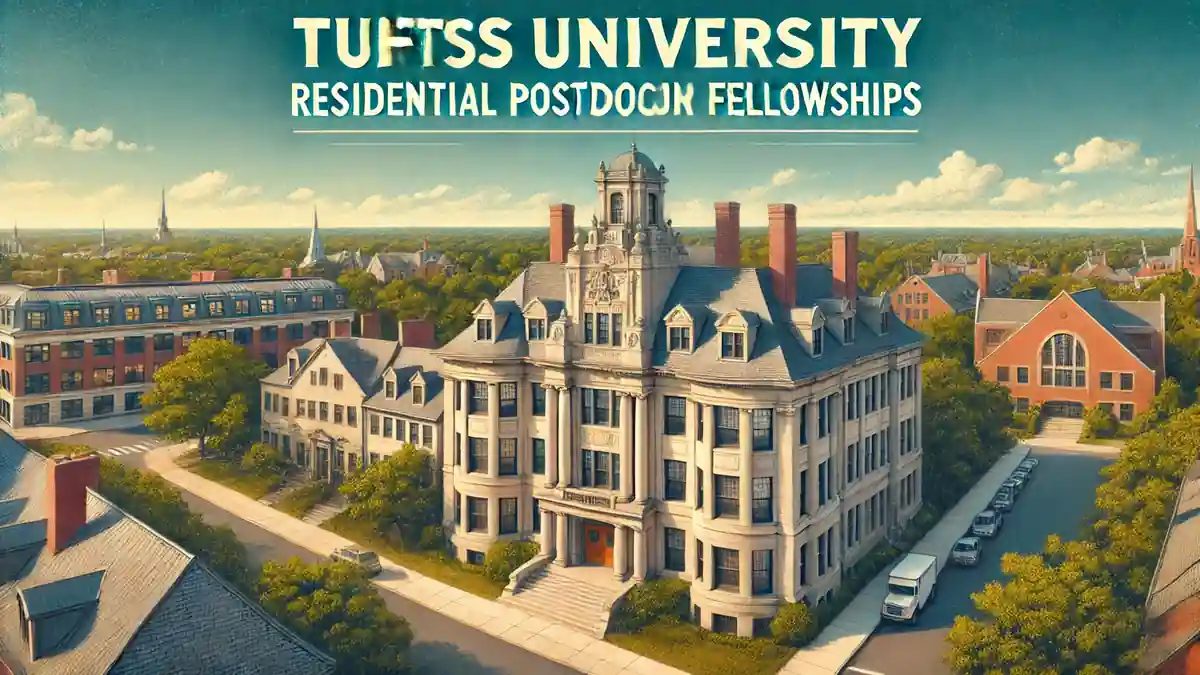Introduction: What the AMIR EIT Master Offers
The AMIR EIT Master—Advanced Materials: Innovative Recycling—prepares specialists to design circular strategies across the raw-materials value chain, including mining by-products, end-of-life goods, and industrial scrap. Over two years, the mobility-based programme couples materials science and process engineering with innovation training under the EIT RawMaterials label. Importantly, selected students may receive partial scholarships to offset living or study costs during the central semesters. For official timelines, admission rules, and current scholarship availability, consult the AMIR campaign page (calls, forms, and any track updates appear there first).
Looking for a rigorous, mobility-driven master’s in circular materials? The AMIR EIT Master blends advanced materials science with entrepreneurship and industry exposure. You’ll rotate across partner universities, refine recycling processes, and develop market-ready solutions—supported, for some, by partial scholarships that ease core semester costs and keep your focus on impact.
Why AMIR: Tangible Outcomes for Circular Materials Careers
Industry-aligned curriculum
AMIR integrates advanced modules on materials characterization, waste valorisation, hydrometallurgy/pyrometallurgy, and process scale-up with business content covering innovation, intellectual property, and venture creation. Consequently, graduates learn to weigh recovery yield against energy demand and environmental load, then defend those trade-offs using data, flowsheets, and concise techno-economic narratives employers recognise.
Mobility and multi-campus advantage
Because students rotate across partner universities, they gain access to complementary laboratories, regional
Entrepreneurial mindset, backed by EIT RawMaterials
Beyond technical mastery, AMIR develops opportunity recognition, market sizing, and route-to-impact skills. Therefore, students learn to translate a lab-proven separation step into a bankable flowsheet, estimate CAPEX/OPEX envelopes, and frame a venture concept, all while understanding IP boundaries and standards that govern commercialisation.
Scholarships and Fees: How the Partial Funding Works
AMIR allocates a limited number of EIT-label partial scholarships to admitted candidates. The grant totals €15,000 for the full programme, commonly disbursed across semesters 2 and 3. Although the funds are flexible (tuition, travel, or living costs), applicants should plan to self-finance semester 1 and typically semester 4. In addition, certain partner sites may levy local tuition or administrative fees in the final semester; review the offer letter closely to avoid surprises.
Because cohort funding fluctuates, treat the scholarship as a bridge, not a full-ride. Accordingly, many students combine the EIT grant with institutional fee waivers, national schemes, or personal savings. Build a location-specific budget early—accommodation, insurance, visa costs, campus fees, and commuting vary
Tip: Ask the programme office for typical monthly budgets by city. Then, ensure your financial runway covers semester 1 and the thesis semester without relying on future disbursements.
Eligibility: Who Stands Out in Selection
Academic background
Strong applicants typically hold a bachelor’s (or equivalent) in materials science, chemical/process engineering, metallurgy, environmental engineering, or closely related fields. Solid grounding in thermodynamics, transport phenomena, and characterization methods strengthens your case, especially when paired with lab or pilot-scale experience.
Proof of readiness
Expect to provide English-language proof per programme policy, official transcripts with grading scales, and a CV showing laboratory, project, or industry work. Because AMIR emphasises problem-solving around TRL 3–6, foreground design projects, plant visits, or internships—particularly those intersecting with circular economy themes.
Fit and motivation
Selectors value a coherent motivation letter. Therefore, map your experience to AMIR’s mobility routes and explain how you will leverage partner labs, regional clusters, or specific internships to tackle a defined recycling challenge—such as permanent magnets, battery black mass, PV modules, WEEE, red mud, or metallurgical slags.


